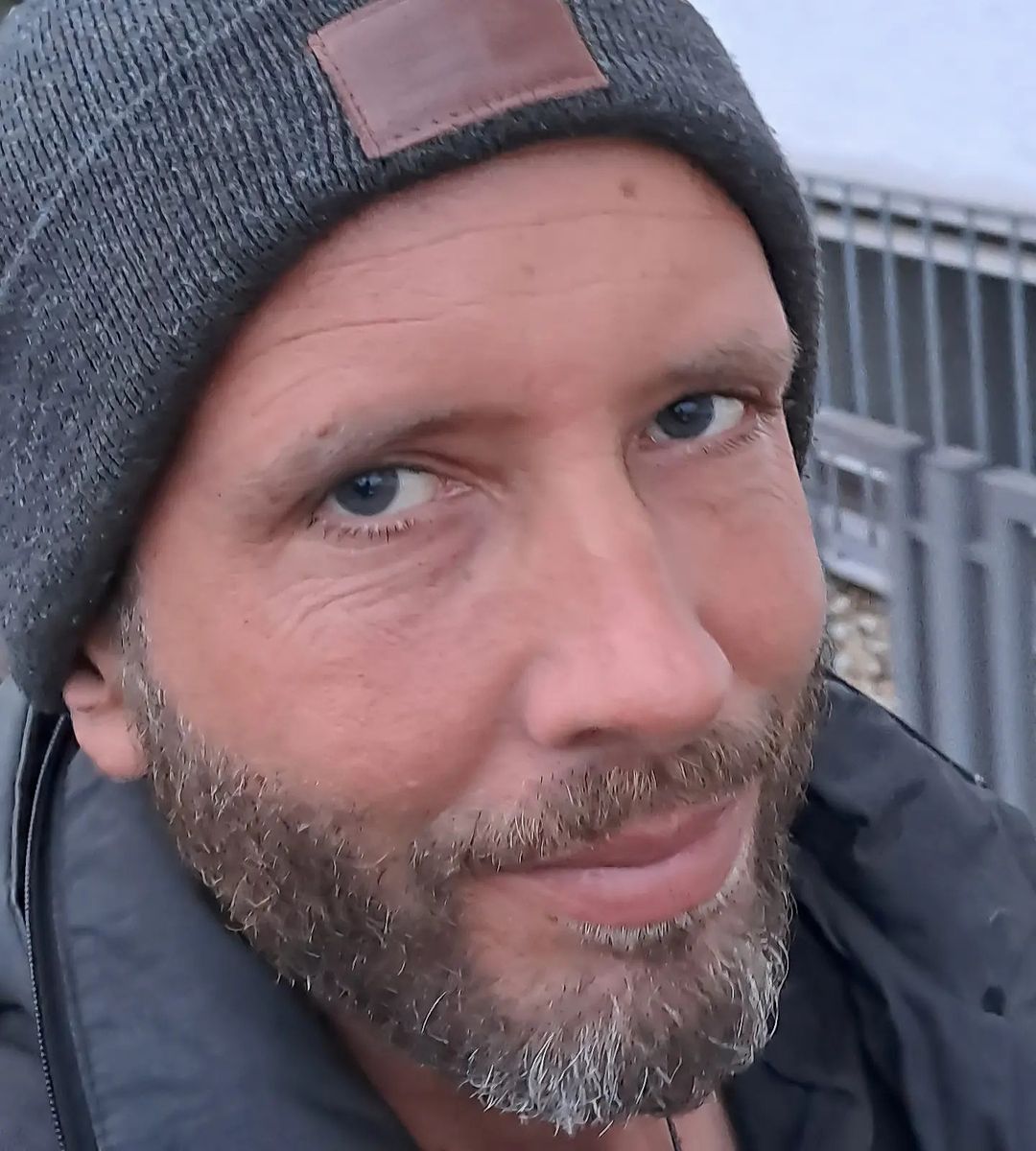Post #957:

Yesterday, I had to run some errands for my entrance exam for my mathematics and technical education program. On the way home, an inner urge led me to the cemetery where some of my ancestors are buried. I cleared the grave of fallen branches and reflected on the passage of time. These Higan cherries were blooming beautifully in the cemetery. Higan, 彼岸, means "distant shore". I have my exam tomorrow. It will take place at an address on a street named after my great-grandfather, the Hilpertstrasse in Darmstadt. He was a politician who is buried in this cemetery.
Species in this post: Winter-flowering cherry Prunus × subhirtella🤗 For a more nuanced discussion, please feel free to use the comments section, private messages or the anonymous contact form on my website.
Details:
This post is part of the artistic performance The Happening on Instagram.
Further information about this art project Related post on InstagramCreator of this post is Frederic Hilpert
© File Usage Guidelines This post on megagroundsloth.de#springcherryblossom #higan #exams #cemetery #cherryblossom #blossom #kirschblüten #ancestors #ahnen #friedhof #frühling #neubeginn #🌸 #higanzakura





















